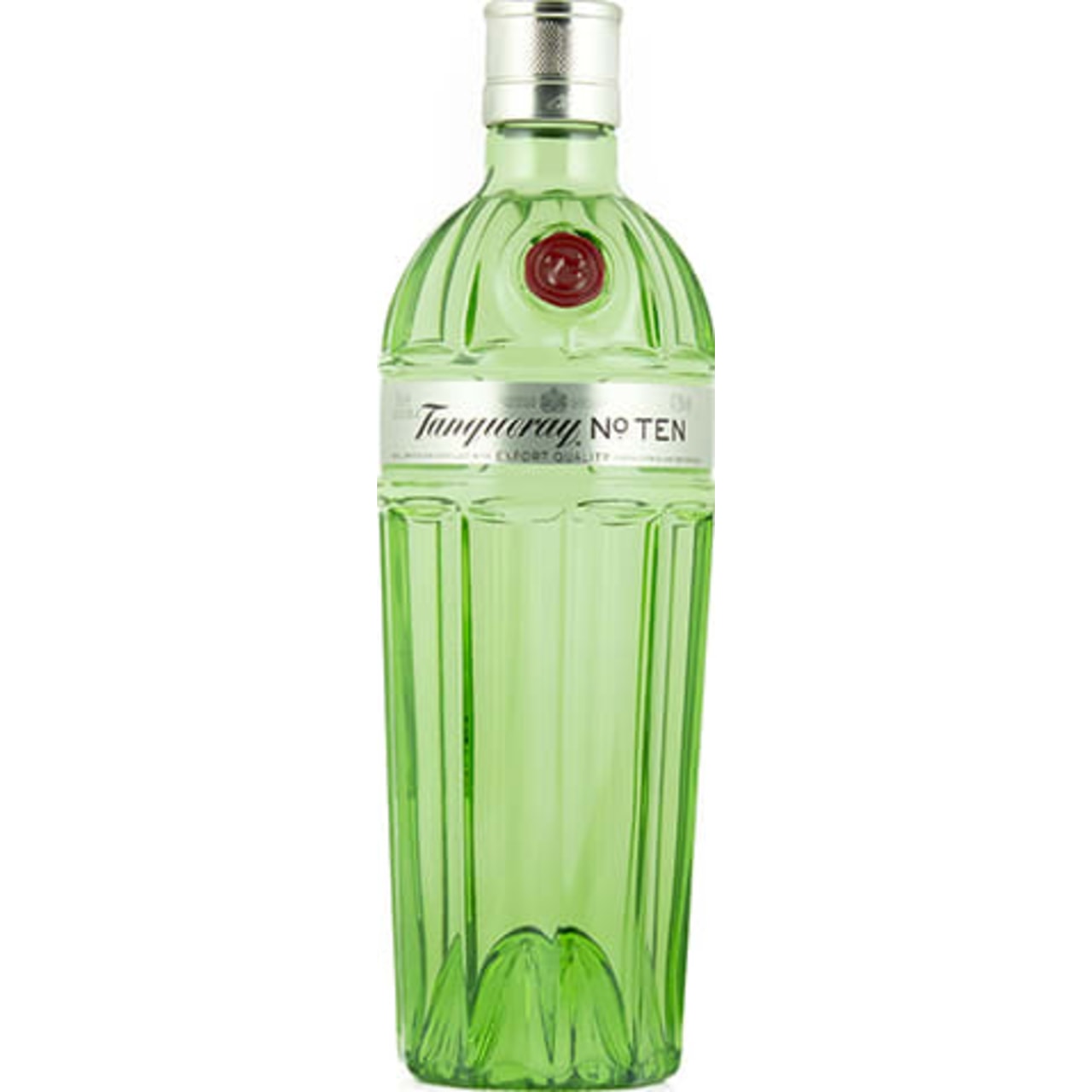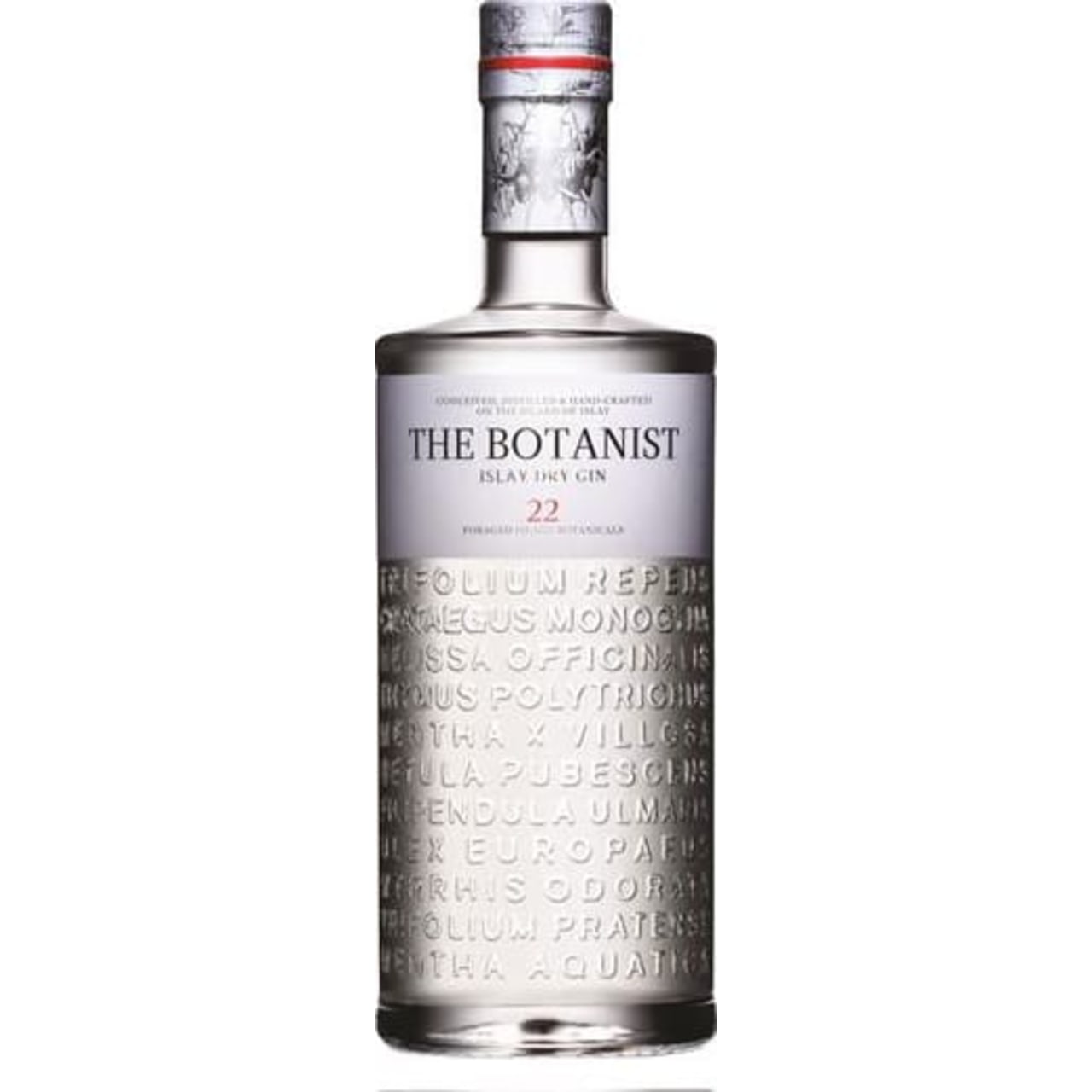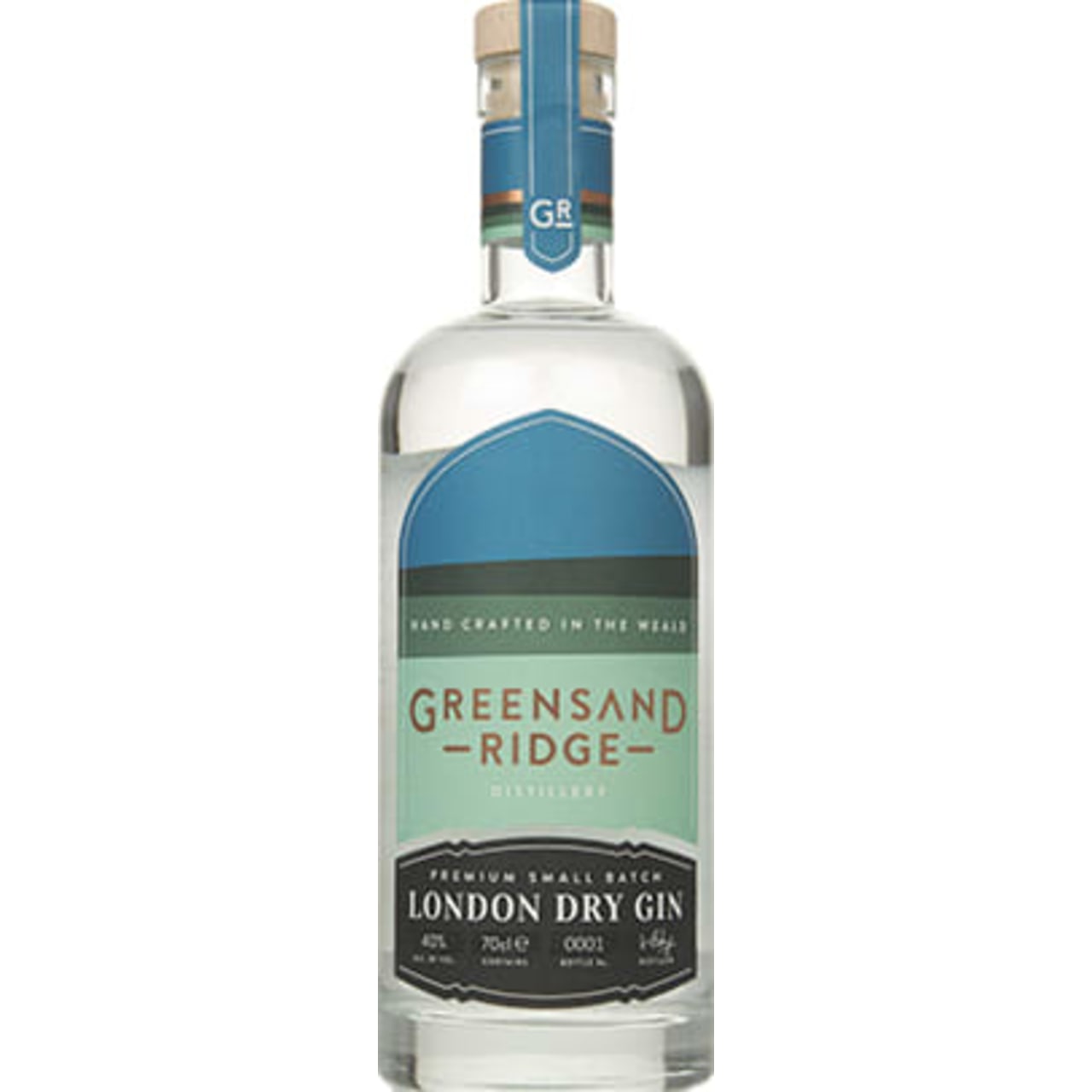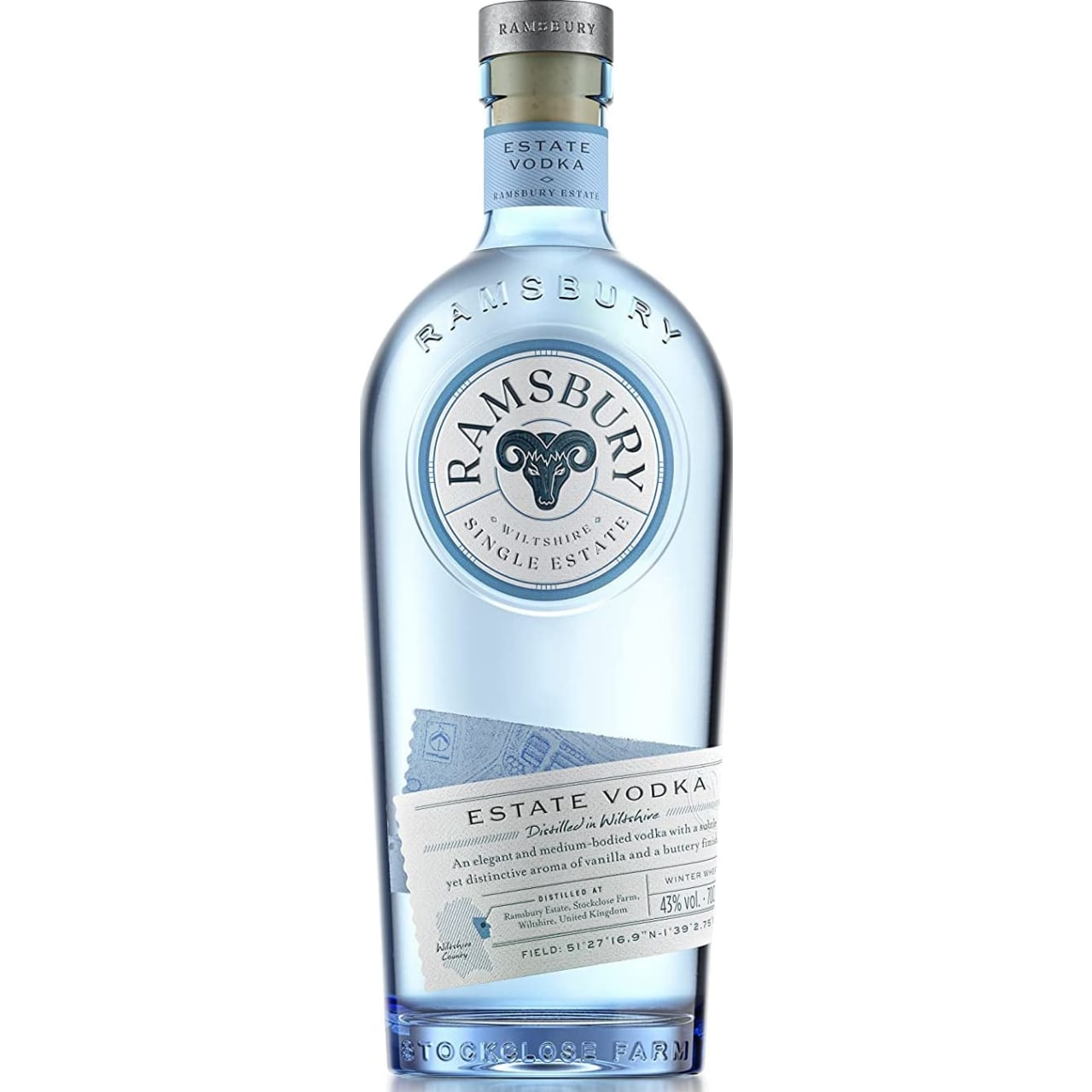We’ve written about the history of the Martini as well as the on-going debate over stirring or shaking in a separate article, but with hundreds of Martini recipes and myths surrounding the iconic serve, we decided to address a few below.
If you are looking for the intricacies of shaking, stirring or throwing we have addressed these in our previous article on the classic Gin Martini.
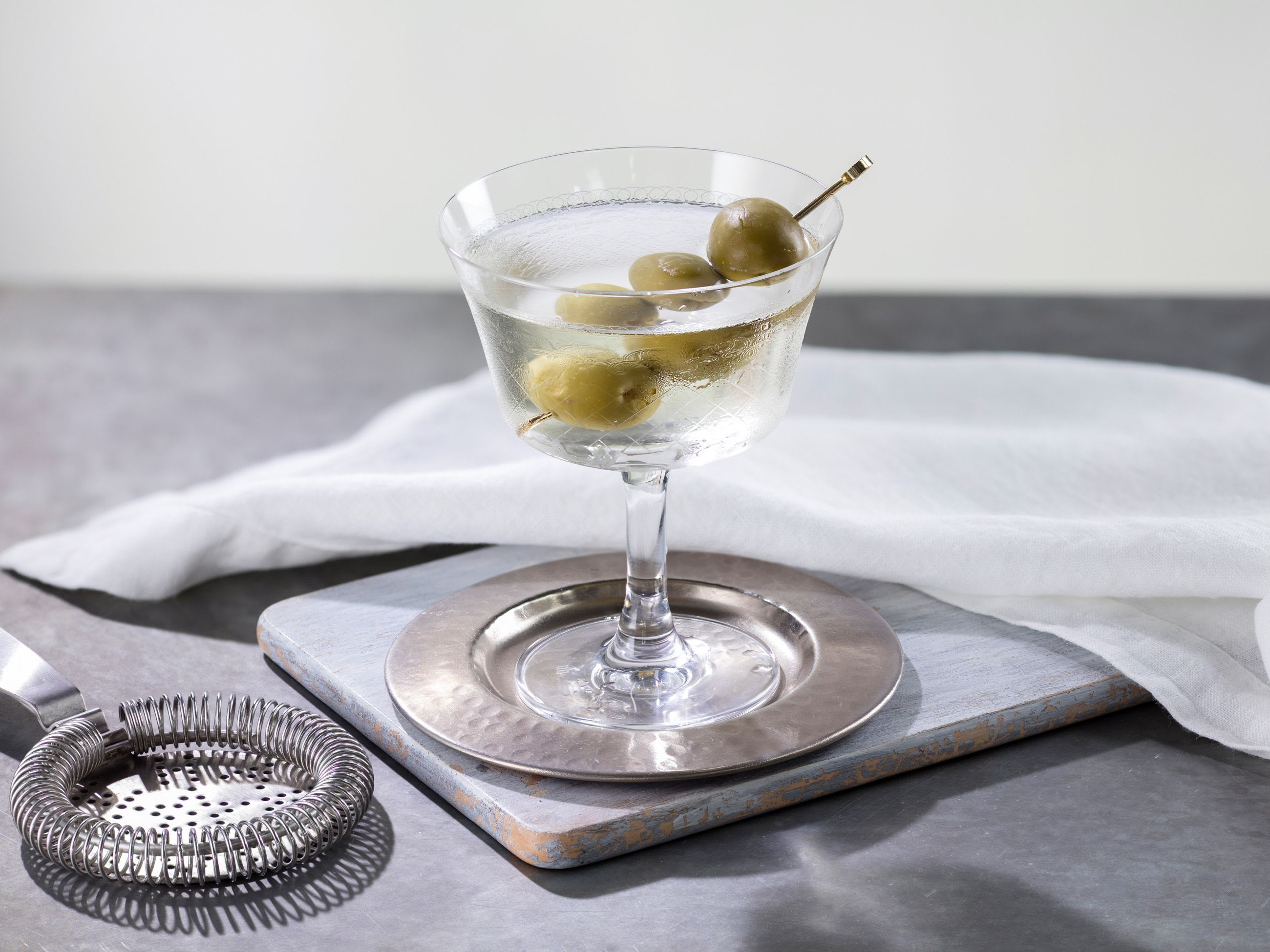

Firstly, let’s tackle a few of these “Martini variations” myths…
Vodka vs Gin Martini:
When you order a Martini in a bar, it should be gin and vermouth, never vodka. Even Bond orders a “Vodka Martini” when he wants one of those and so whether one has a preference for vodka or gin aside, a Martini ought to be made of gin, unless otherwise stated (for example – an Espresso Martini).
Sweet & Dry Vermouth:
Secondly, for those looking at classic cocktail books such as Harry Craddock’s classic Savoy Cocktail Book, any time there is a mention of “French vermouth” and “Italian vermouth”, the “French” refers to dry vermouths, whereas “Italian” refers to sweet vermouths.
Dorothy Parker & the 3 Martinis:
Thirdly, Dorothy Parker probably never said her famous quote. It was most likely misattributed to her and while we’re sorry to say that the brilliantly witty quote “I like to have a martini, two at the very most. After three I’m under the table, after four I’m under my host.” is actually much more likely to be an amalgamation of two separate quotes (neither said by her) into one and then attributed to her, it’s the truth and the most common myth associated with Martinis.
More on this soon but for those looking to do some research of their own, start HERE.
Wet & Dry Martini:
Before moving into variations, let’s recap one key element – a dry or a wet martini has got nothing to do with the style of vermouth being used, it’s to do with the quantity. The lesser the amount of vermouth, the drier the Martini is considered to be.
Bars like Duke’s in Mayfair have built their reputation on crafting the ideal version of the textbook Martini. In our opinion (and this is subjective) 4 parts gin to 1 part vermouth is a classic Martini, any less vermouth it’s dry, any more it’s wet.
Martini glasses were modelled on Madonna’s brazier:
The belief that the iconic Martini glass was shaped from Madge’s infamous conical bra, as the coupe was on Marie Antoinette’s boosom, are both busted on account of lacking any substantial evidence.
Other claims about the shape of the Martini glass rest in US Prohibition, when drinking gin was rampant in speakeasies and the wide rim of the glass enabled rapid discarding of incriminating evidence during police raids. This theory also has little grounding given coupes were in vogue during this period.
What we can believe around the shape is its practicality in keeping your drink away from warm hands and perhaps the rest is down to pure aesthetics!
Here is a list of our favourite Martini variations:
Desert Martini or a Churchill Martini
No vermouth is used.
This is essentially straight gin diluted with ice and garnished with either a lemon twist or olives. The term “Churchill” was coined as the former Prime Minister famously used to enjoy his Martinis so dry that he once said, “I would like to observe the vermouth from across the room while I drink my martini.”
Bone Dry
Almost no vermouth is used.
“Bone dry” is a common way to specify just a whisper of vermouth. If you are in a bar, ordering an extra dry Martini amounts to the same thing. Most people make a Bone Dry Martini by rinsing the glass with vermouth and then discarding the liquid before pouring in the chilled gin, that way only a trace of the fortified wine is left in the overall mix.
Dry Martini
Gin is combined with a small amount of dry vermouth, usually in a 6:1 ratio.
One of our favourite quotes about the Martini directly refers to the Dry Martini. It was popularised in “The Major and the Minor,” a 1942 movie where Robert Benchley says to Ginger Rogers, “Why don’t you get out of that wet coat and into a dry martini?” However, the movie’s co-writer and director Billy Wilder said Benchley came up with the line. Benchley, in his turn, attributed it to his friend Charles Butterworth.
Indeed, if one continues the research, in the 1937 “Every Day’s a Holiday” (starring and written by Mae West), Butterworth tells Charles Winninger, “You ought to get out of those wet clothes and into a dry martini.“
Wet Martini
Gin is combined with a small amount of dry vermouth, usually in a 3:1 ratio.
As with Dry Martinis, a Wet Martini can be ordered “extra wet” when in a bar which could go up to as much as 1:1, which incidentally is also known as a Fifty-Fifty Martini.
Dirty Martini
This take on the Martini was popularised by President Franklin Roosevelt, in the 1930’s.
Dirty Martinis are generally served with an equal amount of brine to vermouth and given the former is an intense flavour, they are usually made dry. The dirtier the Martini, the more olive brine one needs to add – so if you are partial to brine in your cocktails order an “Extra Dirty” Martini.
Gibson Martini
Pickled Onions!
Gibson Martinis are no longer that common today, but by no means should they be condemned to the history books. The Gibson Martini is usually served dry and includes pickled onions instead of olives or citrus. It’s quite polarising as a drink, but those who like it, swear by it.
Perfect Martini
This Martini recipe uses equal parts of sweet and dry vermouth before adding gin (60ml gin, 10ml sweet vermouth, 10ml dry vermouth).
The perfect Martini is not quite a Martinez but is sweeter than the average Martini. The term ‘perfect’ is an expression more commonly related to Manhattans, where bartenders ask if you like a sweet, perfect or a dry Manhattan when referring to which type of vermouth you desire.
It’s confusing when applied to the gin Martini because, as explained above, wet and dry for Martinis have nothing to do with the style of vermouth, merely the quantity. Moreover, the term perfect doesn’t really specify how much vermouth to add, only that you want both styles!
Vesper Martini
The Vesper Martini was made famous by the Bond franchise’s 1953 novel and 2006 film Casino Royale.
“Three measures of Gordon’s, one of vodka, half a measure of Kina Lillet. Shake it very well until it’s ice-cold, then add a large thin slice of lemon peel. Got it?”. Casino Royale, Chapter 7
Given the recipe specifies the ingredients and both Gordon’s Gin and Kina Lillet have changed since 1953 (the former dropped it’s ABV, the latter contains less quinine), the cocktail is no longer the same as it was specified. If you substitute the ingredients however (or use Gordon’s Export Strength), it’s a solid variation on the Martini and one that would please many.
There are, literally, hundreds more versions on the classic Gin Martini, and many more cocktails that share the Martini name so happy hunting to find your perfect serve!
Burnt Martini
This is a little known variant calls for a splash of Scotch whisky to be added, usually a peaty single malt.
As its rarely ordered, prepare yourself; you may be met with confusion and questions from the barkeep and subsequently, a really bad drink being made. It doesn’t have to be though – a well made Burnt Martini can be complex, layered and a perfect choice come Gin O’clock.
Aged Martini
Use of barrel aged gin or you can create one of the above Martini variations to age in a barrel for several weeks. (or age it in a bottle if you don’t want the woody notes)
It is worth the wait for several reasons. Other than for obvious convenience of pouring straight from the barrel into your glass, we have oxidation to thank for imparting flavour by gradually marrying and mellowing the cocktail.


